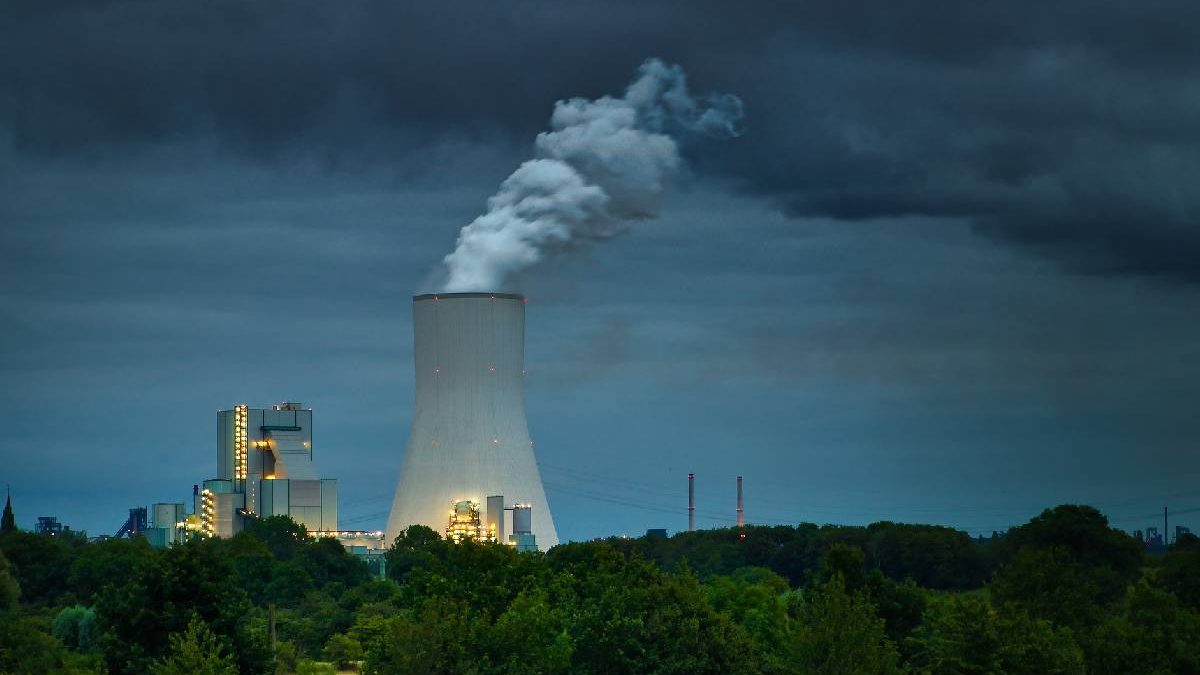Did you ever wish you could get an inside look at an energy facility without actually going there? Augmented reality (AR) is making that dream come true, and it’s altering the landscape of the energy sector in profound ways.
However, what is augmented reality, and how does it work? To put it briefly, augmented reality is a technology that superimposes digital data onto physical environments. Specialized eyewear, cellphones, and other devices with built-in cameras and sensors may be used to do this.
A popular, widely known example of augmented reality is the game Pokémon Go. The pop cultural phenomenon uses this technology to have players use their cellphones to “capture” Pokémon that seem to be in the real world. The use of augmented reality, however, extends well beyond that of mere novelty and entertainment uses. AR became a professional tool, appreciated in industrial environments, and is utilized in many different ways in the energy business to boost output, optimize energy usage, and increase overall sector efficiency.
Why and how augmented reality is used in the energy sector
Augmented reality is utilized in energy generation. AR in energy industry may be used to facilitate repair and maintenance in the oil and gas industry. Workers may more quickly grasp how to solve issues and conduct essential maintenance by displaying digital instructions and diagrams over the physical equipment in use.
The renewable energy industry, which includes solar and wind power, is also making use of augmented reality technology. In these cases, augmented reality may be utilized to plan out exactly where things like solar panels and wind turbines can be located to maximize output. Of course, the overview of distant installations can be executed with the use of AR for maximum efficiency, operator support, and cost minimization due to the reduced need for travel.
Augmented reality is also utilized to reduce wasteful energy usage in other areas than industry. By pointing up potential areas for energy and waste reduction, AR may be utilized to assist organizations to make significant savings. Users can see precisely where and how they are consuming energy by applying digital information to a real area like a house or workplace, and then making adjustments as needed. In this case, wearable devices with thermal cameras are an important tool supporting energy audits.
The scope of AR’s potential impact on the energy paradigm shift is substantial. Augmented reality has the potential to change the production, use, and understanding of energy due to its capacity to view and interact with digital data in the real environment. Utilizing AR solutions paired with sensors and other industrial internet of things (IIoT) devices allows for a full comprehension of the occurring phenomena.
Using AR to Improve the Energy Sector:
The energy sector is already benefiting from the potential of augmented reality, as more and more businesses employ technology to boost productivity, efficiency, safety, and customer satisfaction. Companies in the energy sector are no exception in making use of augmented reality for staff and customer training and communication.
Reduced downtime and increased productivity are two significant advantages of augmented reality for energy organizations. Companies may save money and time on training and physical labor by giving employees access to digital instructions and information at the working site. Energy providers might utilize augmented reality to show consumers around their facilities virtually or educate them on how to reduce their energy use.
Future predictions show that AR will remain an important tool for the energy sector. We can anticipate even more cutting-edge and game-changing applications of augmented reality in energy industry as the technology matures and gains becomes widely available and appraised.
Conclusion:
As a result, the energy sector s is seeing a dramatic shift as augmented reality is used to boost safety and knowledge management, optimize energy use, and increase overall efficiency. There are a number of ways in which augmented reality may improve the energy industry and the lives of consumers, and technology has the potential to completely alter the way we see the energy sector. There’s little question that augmented reality will play an even bigger role in the future energy sector as it develops and becomes more common.
Related posts
Recent Posts
5 Gadgets for Playing Online Casino Games
Gadgets for Playing Online Casino Games Online casino games are pretty popular these days. One of the primary reasons that…
Are mobile apps getting worse for reliability?
Are mobile apps getting worse for reliability There is a growing argument that mobile applications are starting to get worse…



